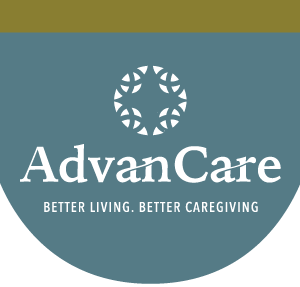Understanding Shingles in Seniors
Symptoms, Diagnosis, and Treatment
Shingles, also known as herpes zoster, is a painful and potentially debilitating viral infection caused by the varicella-zoster virus responsible for chickenpox. While anyone who has had chickenpox can develop shingles, seniors are particularly vulnerable to this condition due to a weakened immune system. In this blog post, we will delve into what shingles are, how to spot their symptoms, and explore available treatments to manage the condition effectively in seniors.
Shingles can be painful and distressing, particularly for seniors with less resilient immune systems
1. What Are Shingles?
Shingles result from the reactivation of the varicella-zoster virus, which may remain dormant in nerve tissues after a previous episode of chickenpox. As a person ages, their immune system weakens, making it harder for the body to keep the virus in check.
When the virus reactivates, it travels along nerve pathways, causing a painful rash typically affecting a specific area on one side of the body.
2. Recognizing Shingles Symptoms
Early recognition of shingles is crucial for prompt treatment and alleviating discomfort. Common symptoms in seniors include:
- Pain: An intense, burning, or shooting pain in a localized body area, often before any visible rash appears.
- Rash: A red, blistering rash usually appears after a few days, forming a band or cluster of fluid-filled blisters. It commonly occurs on the torso but can also affect the face, eyes, or other body parts.
- Itching and Sensitivity: The affected area may become itchy and sensitive to touch.
- Flu-like Symptoms: Some seniors may experience fever, headache, and general fatigue.
3. Seeking Medical Diagnosis
If shingles symptoms are suspected, seniors need to seek medical attention promptly. A healthcare professional can diagnose shingles based on the physical examination of the rash and the patient’s medical history.
In some cases, the doctor may perform a viral culture or PCR test to confirm the presence of the varicella-zoster virus.
4. Treatment Options
While there is no cure for shingles, treatments are available to alleviate symptoms and speed up the healing process in seniors:
- a) Antiviral Medications: Early initiation of antiviral medications, such as acyclovir, valacyclovir, or famciclovir, can help reduce the severity and duration of the outbreak.
Seniors should consult their healthcare provider for proper dosage and administration.
- Pain Management: Over-the-counter pain relievers like acetaminophen or ibuprofen can help ease discomfort. For more severe pain, prescription pain medications may be recommended.
- Topical Treatments: Calamine lotion or lidocaine patches can be applied topically to relieve itching and discomfort.
- Rest and Care: Adequate rest and gentle care of the affected area can support healing and prevent secondary infections.
5. Prevention through Vaccination
The risk of developing shingles can be reduced through vaccination. Seniors over 50 are recommended to receive the shingles vaccine (Shingrix), which effectively prevents and reduces the risk of complications.
Conclusion: Shingles can be painful and distressing, particularly for seniors with less resilient immune systems. Prompt recognition of symptoms and seeking medical attention are crucial to managing the condition effectively. By following a treatment plan that includes antiviral medications, pain management, and rest, seniors can experience relief from shingles symptoms and speed up the healing process. Additionally, vaccination can prevent shingles and its complications in the elderly.
Early intervention and proper care are essential for seniors to lead a comfortable and healthy life even when faced with this challenging condition.
To Download Full Article, Click Here.

